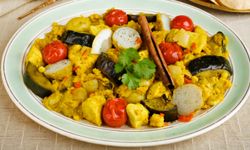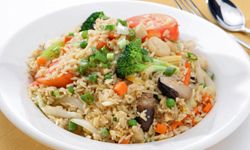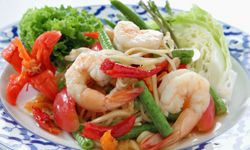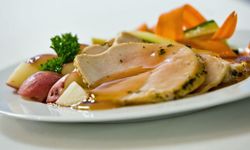Quick meal options are a necessity for today's busy lifestyles. Frozen meals are a great way to grab a quick bite, and they've come a long way from the TV dinner days of meatloaf covered in foil. General guidelines for selecting frozen meals are to look for foods that are low in calories and fat grams, especially saturated and trans fats. A good rule of thumb is no more than 3 grams of fat per 100 calories.
Frozen meals should also contain at least 2 to 3 grams of fiber per serving. Frozen meals are packaged by portions, which helps eliminate the temptation to overeat, but it's important to note what the portion size is (and how many there are) when you're assessing the nutritional value. If the meal seems low in fat and calories for its contents, the portion size may be small, which will likely leave you feeling unsatisfied. To get you going in the right direction, here are 10 healthy frozen meals.
Advertisement





